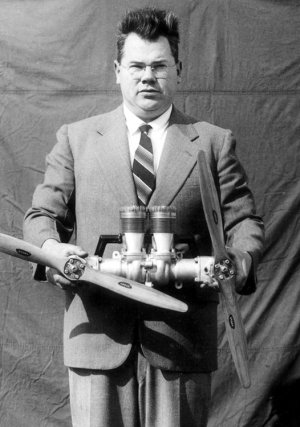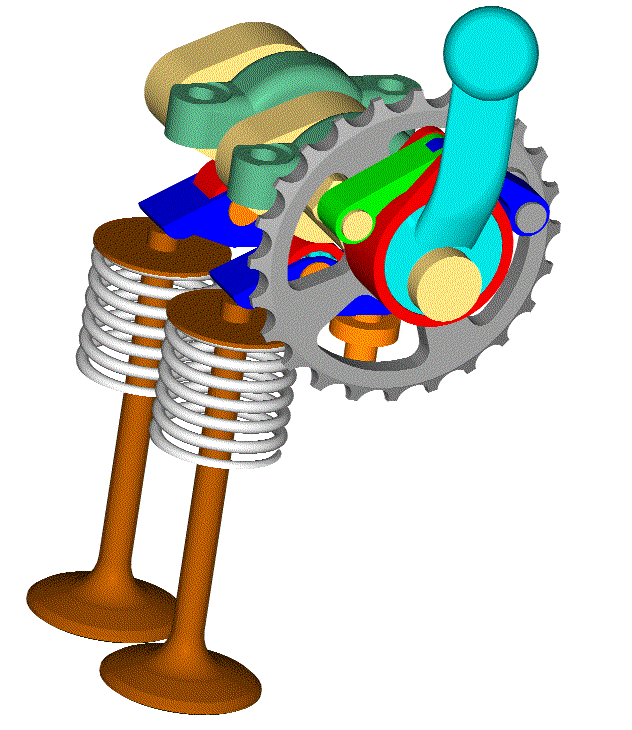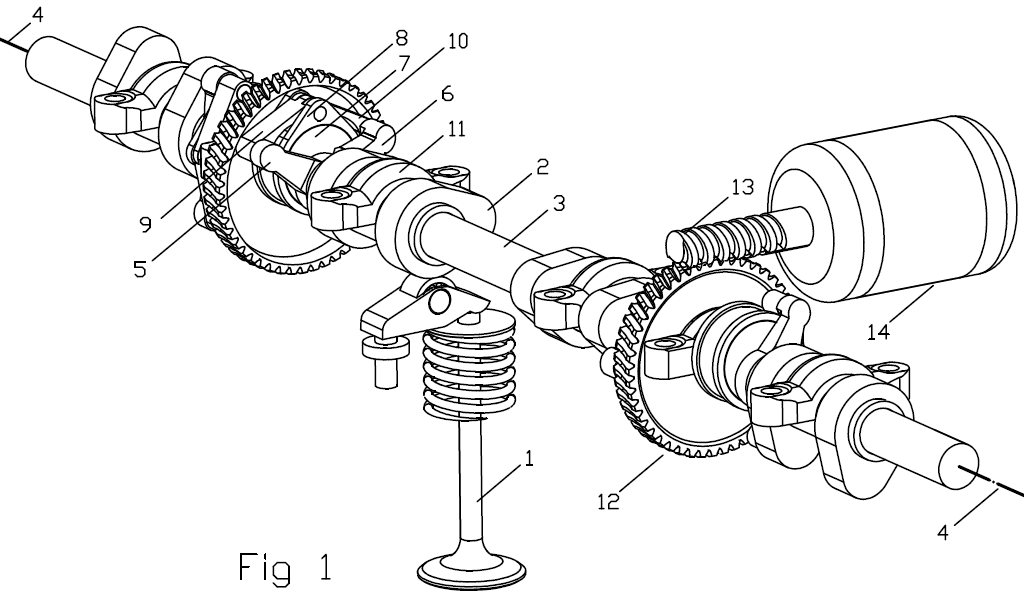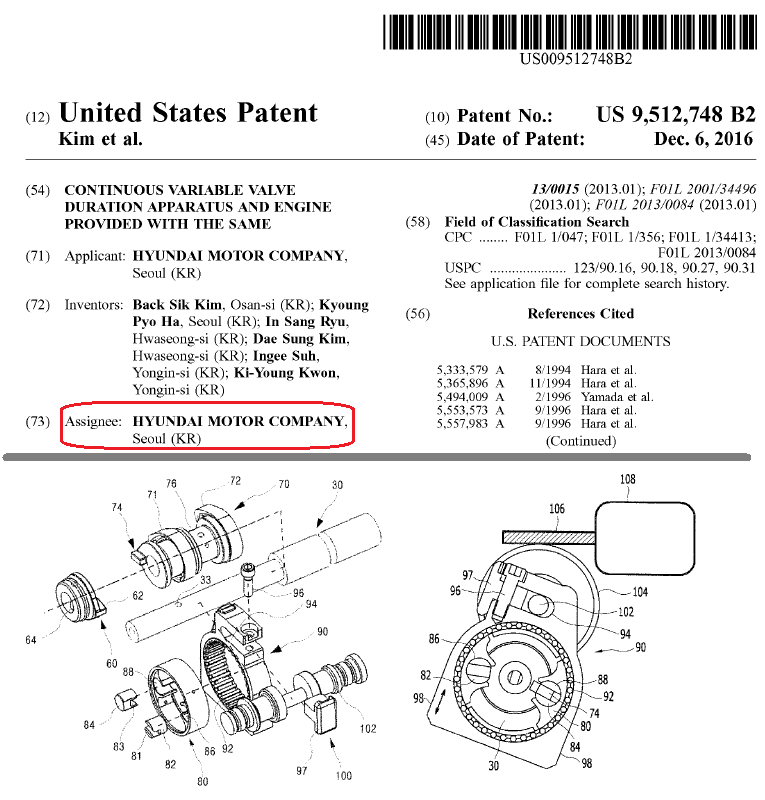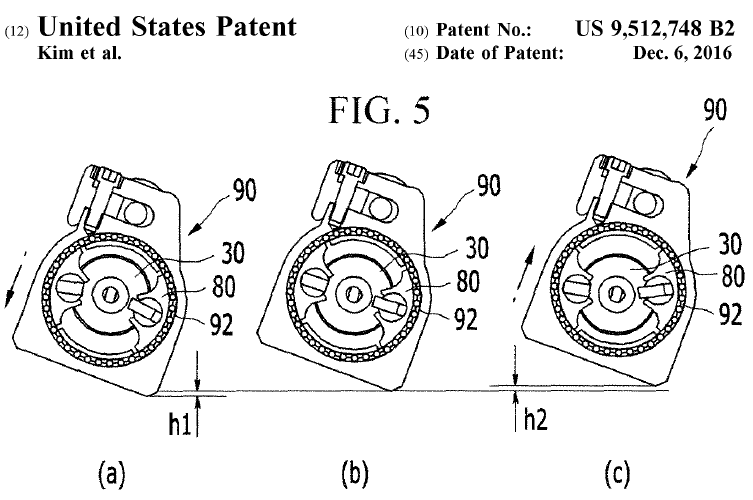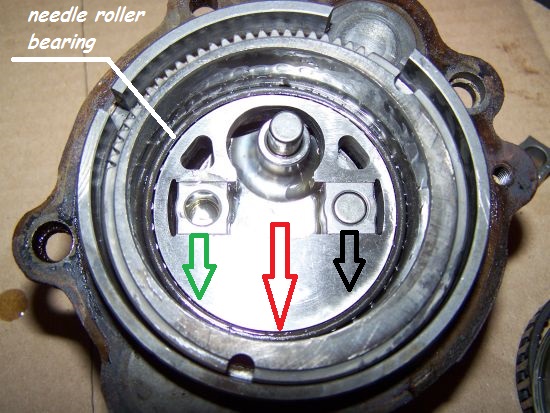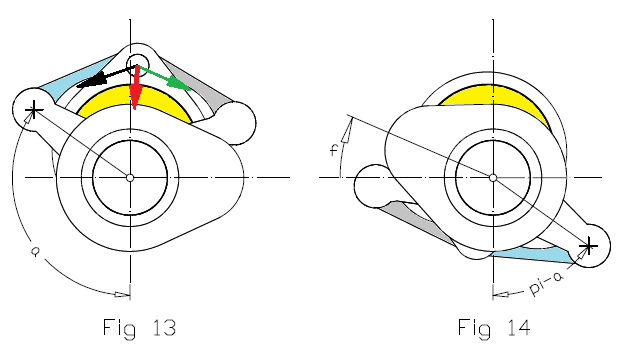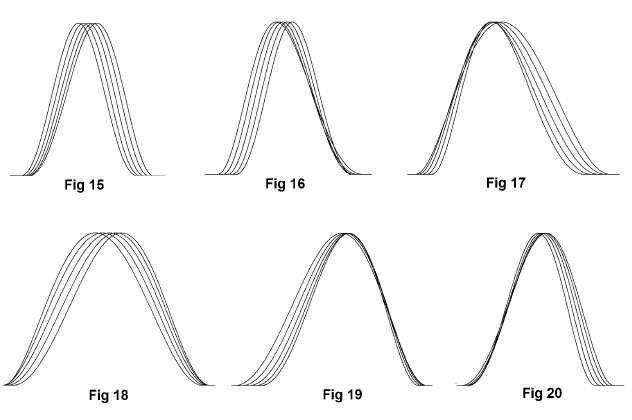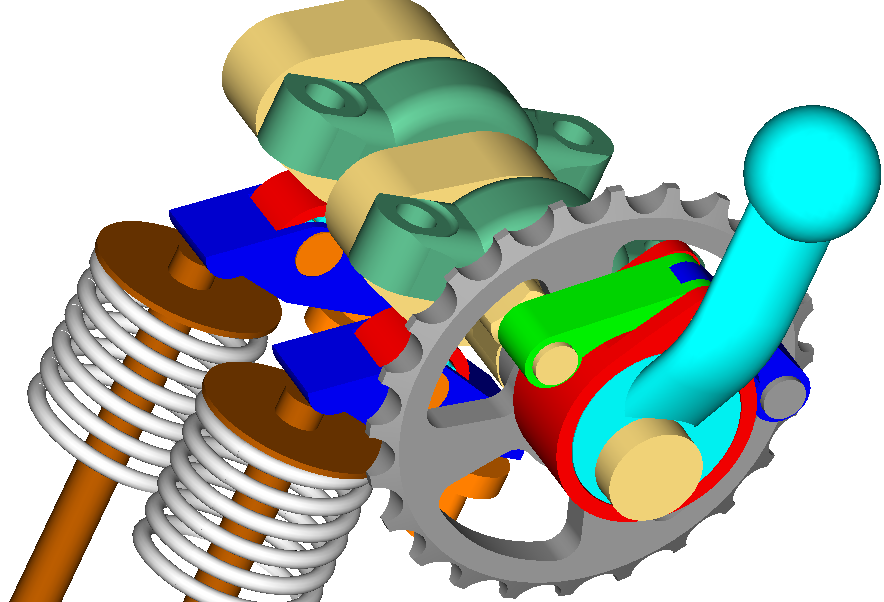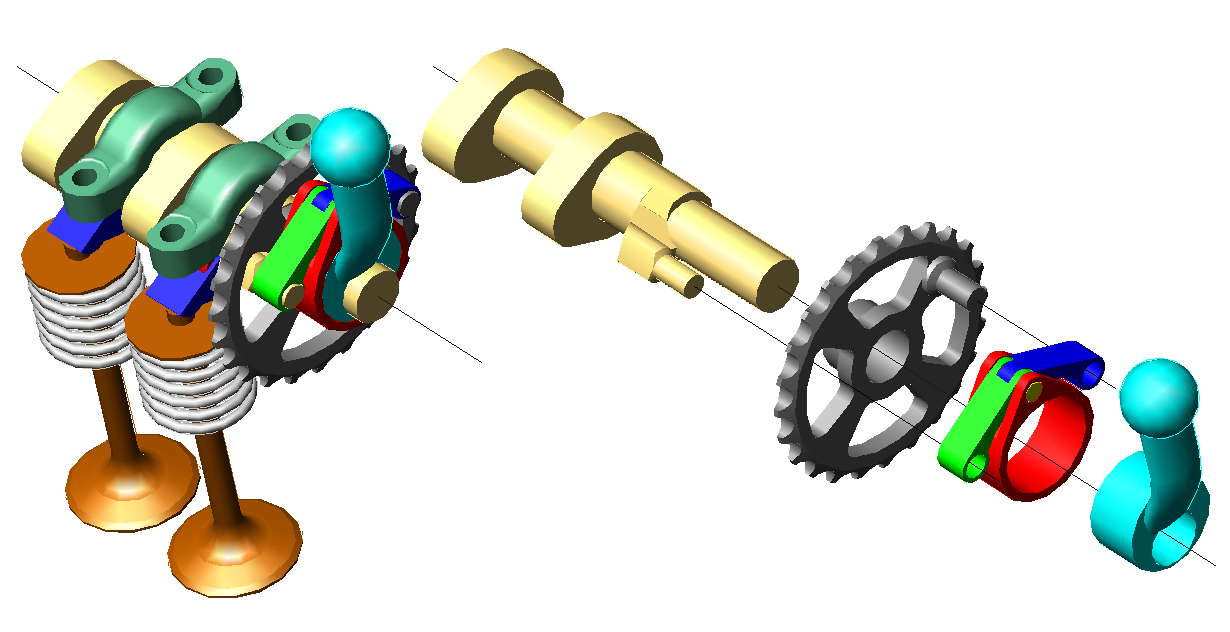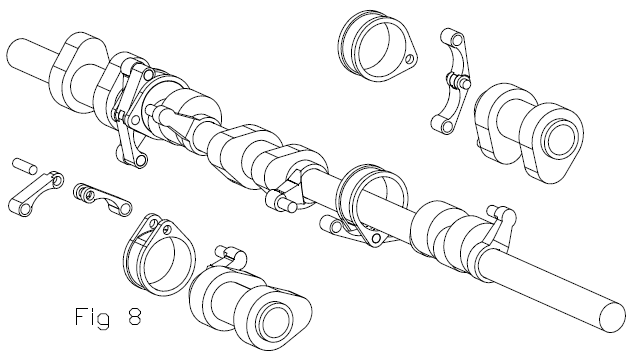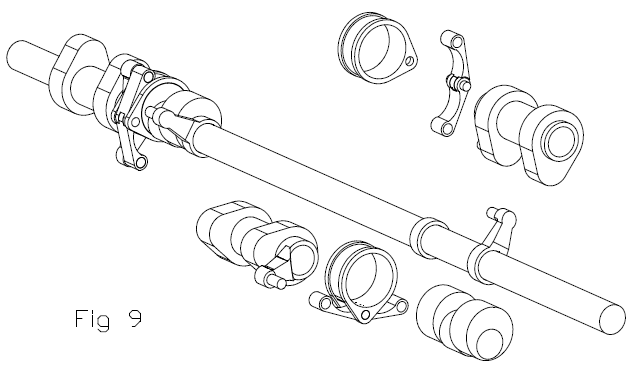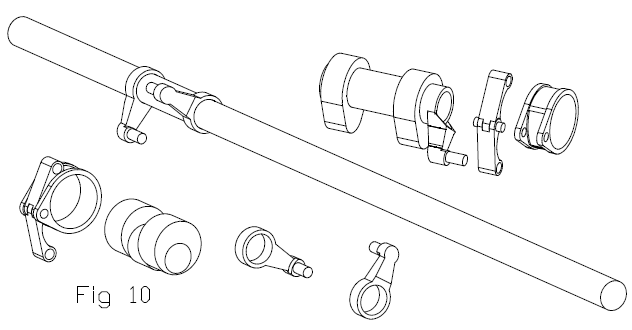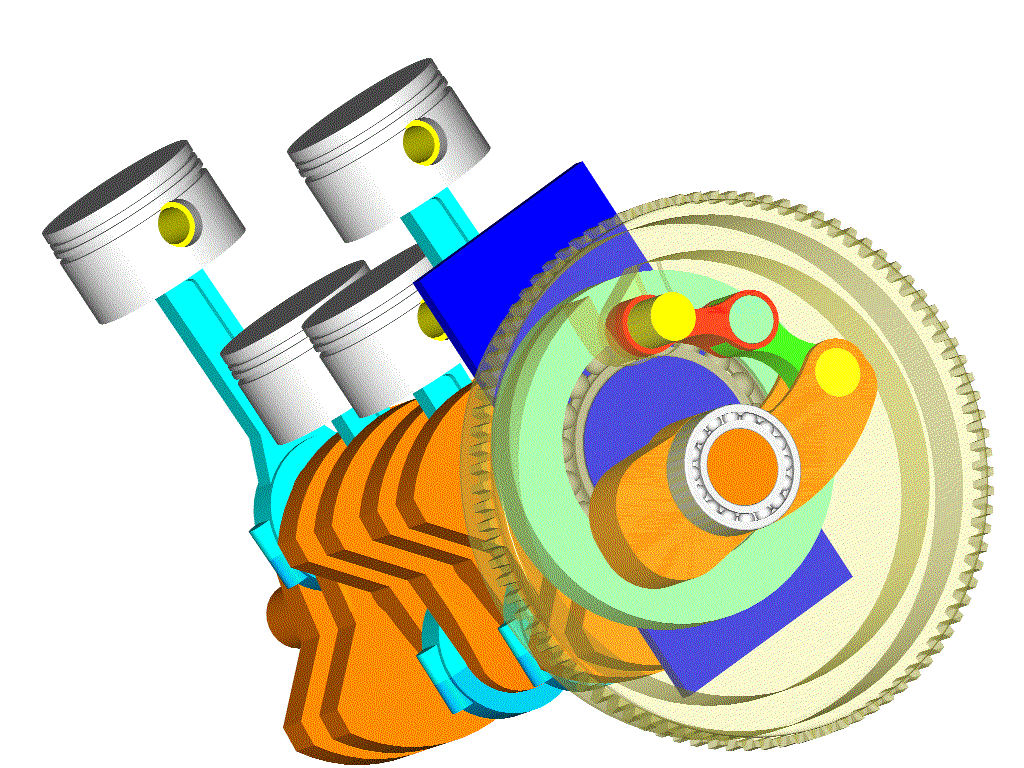Hello PlatinumZealot
You write:
“What did you think when Hyundai announced their production ready design?”
At first glance it appeared as “great news”: a big car maker, Hyundai, making a true step ahead.
But understanding their design and, worse even, reading their arrogant claims like “Hyundai’s Breakthrough Engine that Answers a 133-year Challenge” etc, several questions arise.
Hyundai Motor Company is the assignee of the following set of US-patents US8,813,704, US9,512,748, US9,822,674, US9,850,789, US9,856,758, US10,174,643, US10,533,464 that cover “their” CVVD.
The same “patent examiner” granted all, except the last one.
This “patent examiner” generously grants patents to car makers, and refuses – based on arguments against the common sense and human reasoning - patents to independent inventors (experience talking)
Seeing the prior-art (Peter Parker’s / Rover patent, granted some 25years ago) it is hard to find an “inventive step” in Hyundai’s US patents over Parker’s patent.
Here is the Rover VVC:
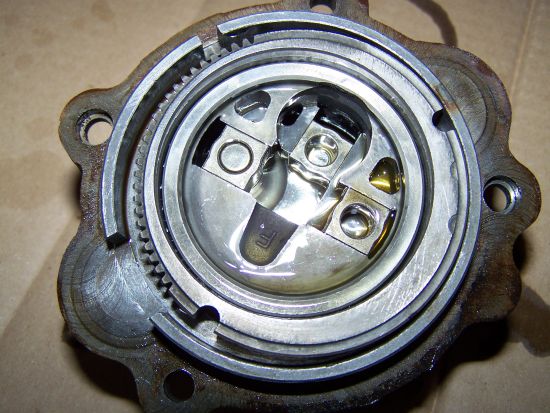
Here is a drawing from the last US patent granted to Hyundai (as the assignee) :
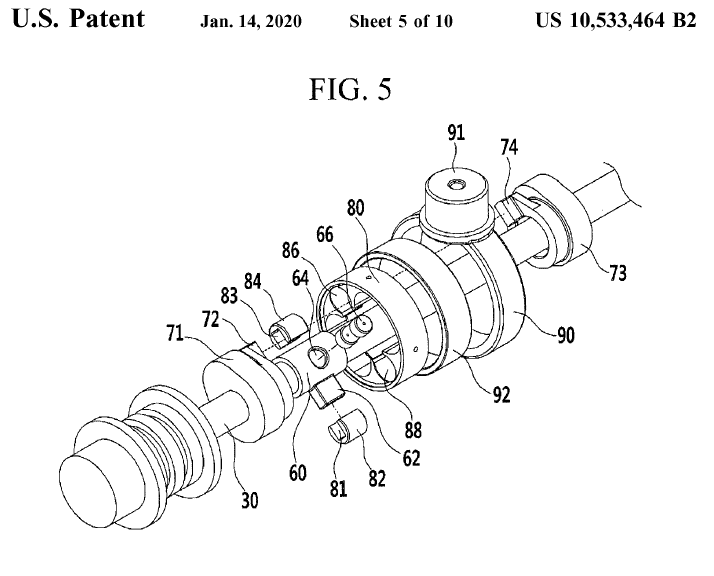
Spot on the 62 and 82 parts.
And here they are shown their differences:
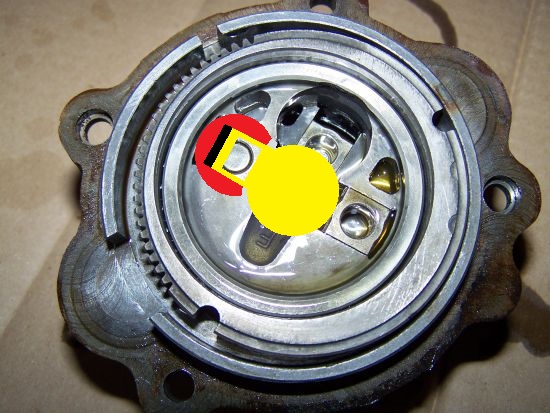
The red part is the 62, the yellow part is the 82.
The pin of Rover VVC has been moved outside, the slot of the Rover VVC has been moved inside.
What a breakthrough!... What a disruptive technology, indeed…
But even Rover’s patent was not new: a guy named Mitchell had invented / proposed / patented the mechanism some 50 years ago:
Quote from
http://www.sandsmuseum.com/cars/elise/t ... e/vvc2.pdf
Rover VVC:
The basic concept was developed by a mr. Mitchell and it was published and patented back in 1973. However no one used it and it was forgotten until Rover re-discovered it. In 1989 Rover began experimenting with the system and in 1993 had developed a 1.4 litre version with VVC.
. . .
At this moment (Jan 2001) Rover is the only one who has a mass production engine with a variable duration of the camshaft. A bigger duration has more effect on power than opening and closing the valve later as with cam phasing systems. The Rover system is without a doubt far superior to all the cam phasing systems. It would be possible to incorporate a cam lobe switching mechanism to switch to a higher lift cam lobe as with Honda's VTEC. This would give the Rover engine the best of all worlds.
End of Quote
To put in production an expired patent is legitimate (is according the law).
But to claim (and advertise all over the world, and be proud) that you have invented the invention an independent inventor (a poor human being) had patented some 50 years ago. . .
Thanks
Manolis Pattakos





